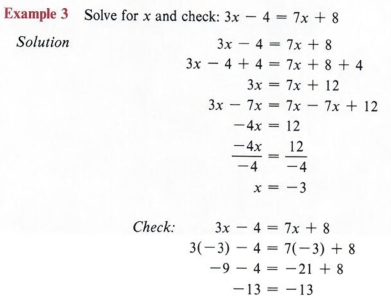Math Problem Solver
Show Your Work The basic Mathway app, which lets you solve problems using its virtual calculators, is free. If you want to see the steps that go into solving the problems, you have to pay. Upgrading to the paid version costs either a $19.99 monthly subscription or $79.99 per year. Paying removes all third-party advertising (not that there is much in the free version). It also lets you save your problem history, and access the step-by-step solutions from anywhere. Depending on the length of time you enable step-checking, it can run into some money, but your subscription can easily be canceled.
Jul 12, 2017. Mathway - Math Problem Solver is like 10 scientific calculators rolled into one iPad app. With a paid subscription, you can see the work that goes into its solutions, but the free version is fine for crunching numbers. Get the free 'Online Problem Solver' widget for your website, blog, Wordpress, Blogger, or iGoogle. Find more Mathematics widgets in Wolfram Alpha. Manual Testing Material By Suresh Reddy Pdf Viewer.


Furthermore, the paid version can act as a valuable 'virtual tutor' for students, not just giving them the answers but also showing how the app arrived as them. Mac Keygen Photoshop. To upgrade the app, you tap the Upgrade button that appears in a pull-down menu when you tap the gear icon at the screen's upper right. You then select between the $19.99 monthly and $79.99 yearly subscription, and when prompted, enter your Apple ID. You are charged through your Apple account, rather than directly from Mathway. If you tire of the paid version, or it doesn't fit your needs, it is easy enough to cancel your subscription from your iPad's Settings menu. Mathway is compatible with the iPhone, iPad, and iPod touch; there's also an Android version. I tested it with an running iOS 10.3.
I first looked at the free functions, and then tested the paid functions by paying for a monthly subscription. A Cornucopia of Calculators. At the top left corner of the screen is a list icon (three stacked lines) that when pressed reveals a pull-down menu listing the app's 10 subject areas: Basic Math, Pre-Algebra, Algebra, Trigonometry, Precalculus, Calculus, Statistics, Finite Math, Linear Algebra, Chemistry. Other subjects are also covered, but would appear under one of the headings above.
For example, the Basic Math calculator includes keys marked with various geometrical shapes: square, circle, triangle, cube, cone, sphere, and cylinder, among others. To figure out how the functions work, you have to explore them, as the app doesn't have a ready Help function (although the Mathway website offers a lot of information). For example, pressing the calculator's key marked with a circle calls up a circle with a dotted line denoting its radius ( r), followed by ' r =?' With the question mark shaded in gray, inviting you to enter a value for r. If you input a value, say 1.3, and press Enter, a menu with the title 'How should I answer?' Appears, offering 10 choices, among them Find the Area, Find the Circumference, Graph, Evaluate the Function, and Convert to Radical Form. Similarly, in the Trigonometry calculator, tapping the keyboard's Sin/Cos brings to the foreground a keypad with 24 buttons—Sin, Cos, Tan, Sec, Csc, and Cot; Arcsin, Arccos, and so on.
If you press Sin and enter x, a list of operations appears under the question 'How should I answer?' Pressing the first item, Graph, calls up a graph of a sine curve, for example. All 10 of the calculators share the left-most 2/3 of the keyboard, which includes commonly used symbols such as the integers 0 through 9, the variables x, y, and z, open and close parentheses and brackets, signs for the four basic operations (addition, subtraction, multiplication, and division), an equals sign, exponents and roots. What differentiates them is the other third of the keyboard, whether it be the geometric shapes in Basic Math, the Trigonometry calculator's 24 functions, or Calculus's logs, summations, integrals, and limits, to name a few. There are two ways to enter an equation in Mathways: either by using the keyboard or by photographing the equation with your iPad's camera.